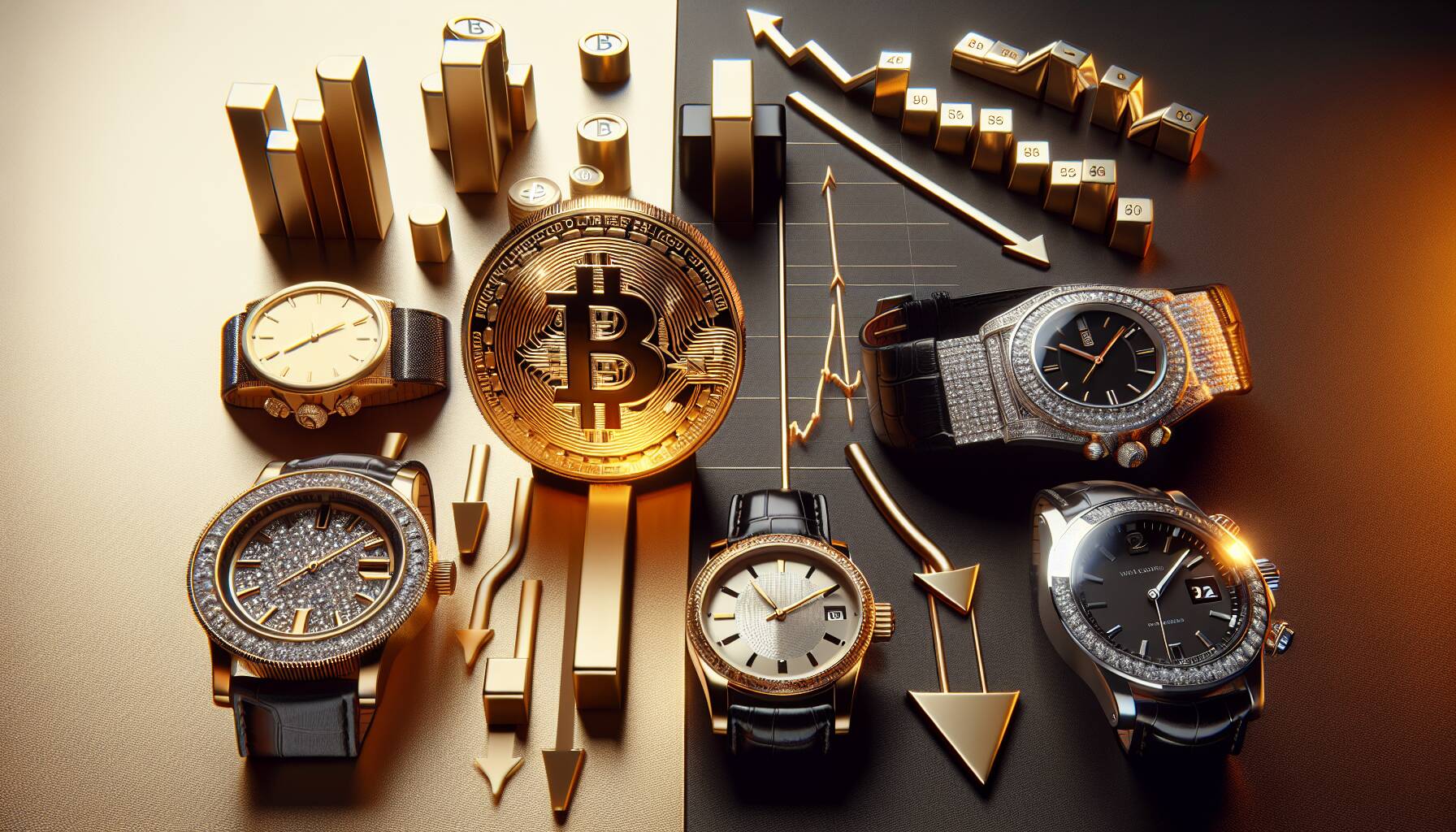In the ever-evolving landscape of cryptocurrency, Asia Morning Briefing brings a wealth of insights as market dynamics shift notably. Bitcoin (BTC) has recently approached record levels, trading near $119,500 and teasing the $120,000 mark with historic inflows into digital asset investment products capturing attention worldwide.
According to CoinShares, the significant surge in U.S.-listed funds is evident, showcasing impressive inflows of $3.74 billion, while Germany sees outflows of $85.7 million, signaling a divergence in institutional sentiment across regions. This robust appetite for Bitcoin is further mirrored by Vanguard’s transformation in its approach to crypto investments, now becoming a major player through its stake in MicroStrategy, as noted by Presto Research.
“Froth is building,” warns QCP Capital, indicating the rapid expansion of leveraged long positions in derivatives markets.
Despite the promising indicators for Bitcoin, which has outperformed luxury watches in recent months, analysts urge caution regarding the growing speculative atmosphere. As Bitcoin continues to draw in institutional interest, its status has shifted to that of a macro-sensitive asset, diverging from traditional collectibles like high-end timepieces.
Other markets reflect this cautious optimism, with Ethereum (ETH) showing strong gains by surpassing $3,079, only to settle close to $3,011 in afternoon trading. Meanwhile, Asia-Pacific markets remain mixed, with investors eyeing upcoming economic indicators from China.
As the industry shifts and market movements unfold, the broader implications for both cryptocurrencies and traditional assets shape a compelling narrative for investors and observers alike.

Good Morning, Asia: Market Insights
Key points from the latest market news impacting readers:
- Bitcoin’s Record Performance
- Bitcoin (BTC) is trading near $119,500, having recently surpassed $120,000.
- BTC is up 27.87% year-to-date and significantly outpaces the luxury watch market.
- Institutional Inflows
- U.S.-listed funds saw $3.74 billion in inflows, while Germany experienced an outflow of $85.7 million.
- Vanguard’s shift from skepticism to significant Bitcoin holdings illustrates growing institutional support.
- Market Sentiment and Caution
- While institutional enthusiasm is strong, rising leveraged long positions and funding rates raise caution flags.
- QCP Capital warns of potential market corrections reminiscent of past liquidation events.
- Luxury Market Comparison
- Contrasting performance: BTC shows macro-driven growth, while the luxury watch market remains stagnant.
- High-end models are performing better, but overall dealer turnover in lower-priced watches is lagging.
- Global Economic Indicators
- Impact of macroeconomic factors on asset classes, such as Bitcoin and gold, emphasizing their responses to policy shifts.
- Asia-Pacific markets react cautiously to U.S. trade policies and upcoming Chinese economic data.
How these points impact readers:
Understanding these developments can guide investment decisions, highlight the importance of institutional sentiment in markets, and indicate potential economic shifts that could affect personal finances and investment strategies.
Market Dynamics: Bitcoin vs. Luxury Watches in 2023
The current landscape of digital assets, particularly Bitcoin, displays a stark contrast to traditional markets, such as luxury watches. With Bitcoin reaching unprecedented heights, including a recent spike near $120,000, institutional interest in crypto is surging, especially in the U.S. This growing appetite is reflected in significant inflows into U.S.-listed digital asset investment products, amounting to $3.74 billion. In comparison, Germany experienced outflows of $85.7 million, highlighting a regional divergence in institutional sentiment.
Competitive Advantages: Bitcoin’s appeal lies in its high liquidity and 24/7 trading capabilities, appealing to macro-driven investors seeking opportunities in volatile markets. Vanguard’s shift from dismissing Bitcoin to becoming a major holder showcases institutional acceptance, further catalyzing positive sentiment. Conversely, the luxury watch market struggles to maintain momentum, with recent data indicating a mere 4.5% rebound, driven by high-end models while less desirable brands stagnate.
As institutional investors increasingly pivot toward Bitcoin, they may find traditional assets like luxury timepieces less attractive. The report from Morgan Stanley notes that while luxury watches relied heavily on the past expansionary monetary climates, they have not regained their speculative traction since the pandemic. This shift underscores Bitcoin’s evolving role as a macro-sensitive investment, where institutional adoption aligns more with digital currencies rather than physical assets.
Competitive Disadvantages: The luxury watch market is facing challenges stemming from oversupply in affordable categories and a narrow recovery in high-end segments, which may alienate a broader investor base. In contrast, the volatility reflected in Bitcoin’s derivatives markets, marked by aggressive leveraged positions, raises caution among traditional investors who may view the crypto space as precarious compared to the relative stability of luxury assets.
This paradigm shift could benefit tech-savvy, risk-tolerant investors who prioritize fluidity and growth potential over traditional values. However, it could present challenges for luxury brands attempting to reclaim their status while grappling with a consumer base that is increasingly drawn to digital assets as symbols of wealth and sophistication.
In summary, as Bitcoin continues to assert its dominance and attract institutional backing, the luxury watch sector must navigate a complex landscape that requires a reevaluation of its market strategies to compete effectively in this new financial ecosystem.

















